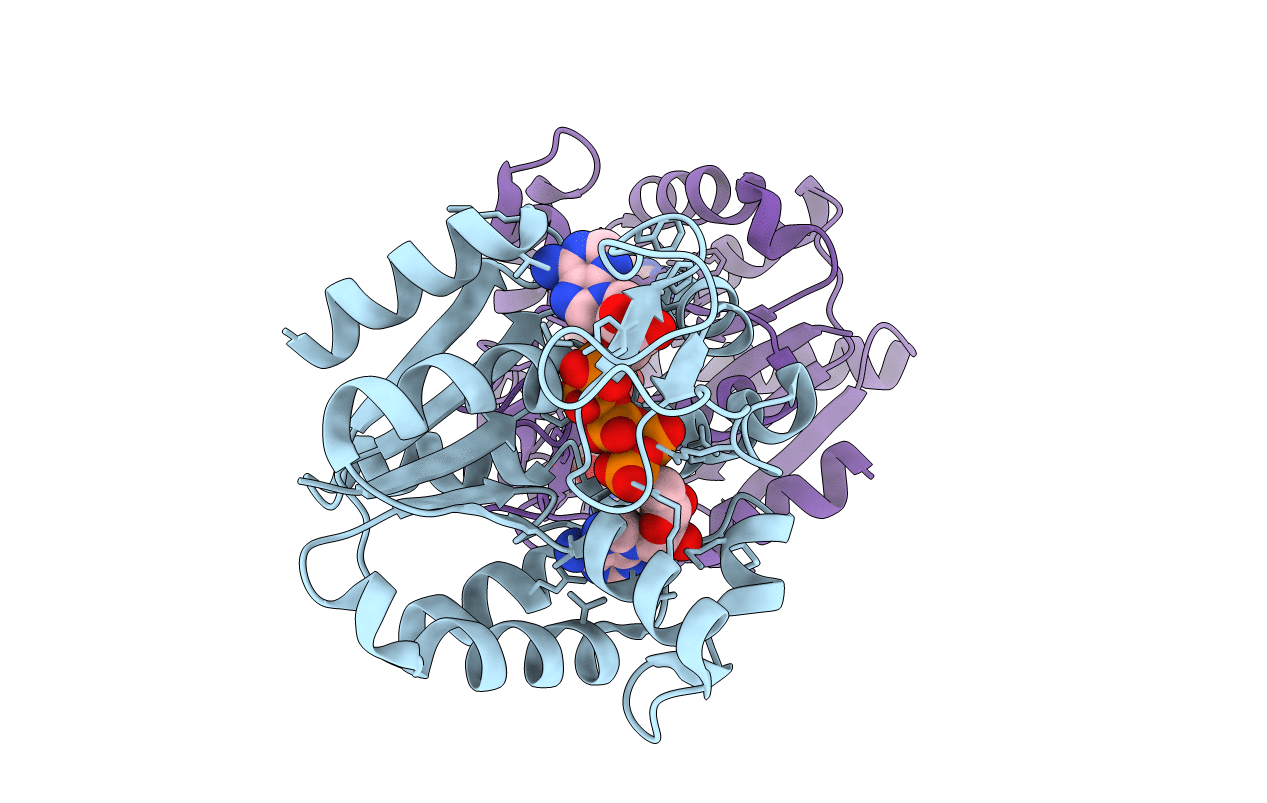
Deposition Date
2009-06-04
Release Date
2009-11-03
Last Version Date
2023-09-06
Entry Detail
PDB ID:
3HPQ
Keywords:
Title:
Crystal structure of wild-type adenylate kinase from E. coli, in complex with Ap5A
Biological Source:
Source Organism:
Escherichia coli (Taxon ID: 83333)
Host Organism:
Method Details:
Experimental Method:
Resolution:
2.00 Å
R-Value Free:
0.24
R-Value Work:
0.19
R-Value Observed:
0.20
Space Group:
P 21 21 2


